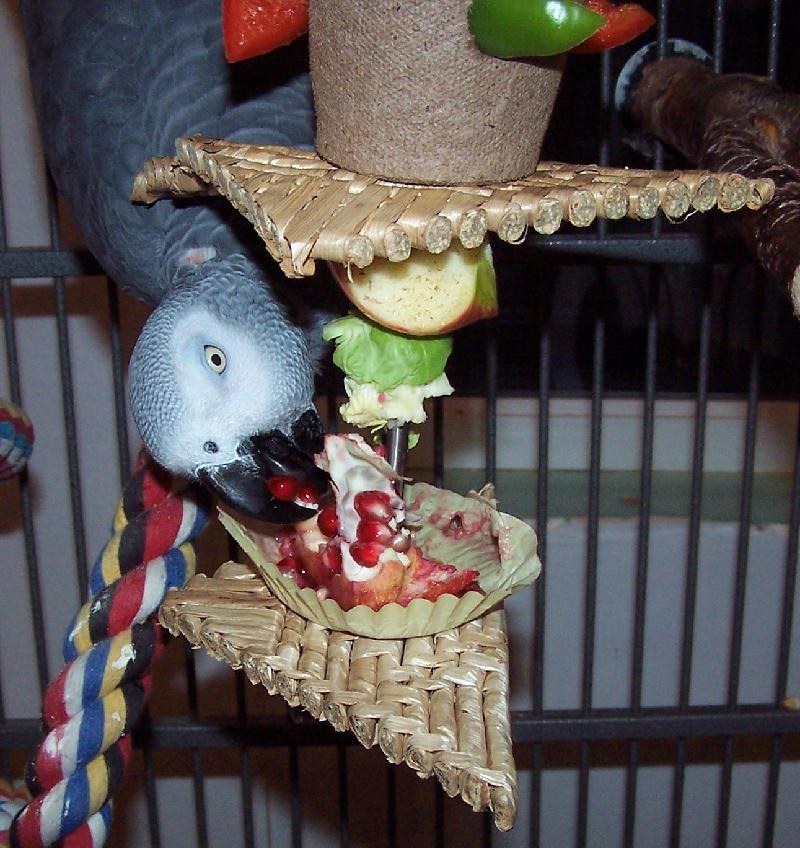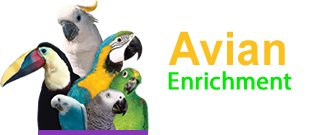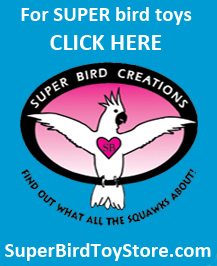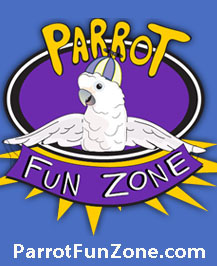Why Foraging is Important
 Parrots spend up to 70% of their day searching for food in the wild. Once found, the food needs to be peeled or cracked open. Contrast that level of engagement with the typical "fast food" lifestyle that most captive birds experience. Each day their food is neatly delivered to them, often nicely chopped up, in a bowl. Hmmm, so how are they supposed to spend the rest of their day?
Parrots spend up to 70% of their day searching for food in the wild. Once found, the food needs to be peeled or cracked open. Contrast that level of engagement with the typical "fast food" lifestyle that most captive birds experience. Each day their food is neatly delivered to them, often nicely chopped up, in a bowl. Hmmm, so how are they supposed to spend the rest of their day?
Lack of activity leads to boredom which often results in frustration and abnormal, self-destructive behaviors such as feather picking. It is possible to avoid these problems by utilizing a variety of foraging devices placed at various levels in the cage or play area. Hiding food in various locations throughout the cage will keep them busy, challenge their minds, stimulate their curiosity and make eating more fun.
C. L. Meehan (U. C. Davis) has reported that there is evidence that indicates parrots "prefer to perform some sort of work for food even when "free" food is available". This indicates that foraging is a behavioral need of parrots.
Foraging toys provide your bird with a purpose, a mental challenge, increased opportunities for exercise, essential play time and a reward for their effort !
Foraging toys are devices that require birds to work for their food and they are commonly categorized as either destructible or mechanical foraging toys. There are many other types of foraging devices available including fruit and veggie skewers, treat and nut cages and foraging boxes to name a few. Most require some level of manipulation or puzzle solving to uncover and remove the food such as turning, pressing levers, rummaging, opening lids, tearing/shredding materials or unscrewing hardware.
For advice on how to provide foraging activities for your bird check out our article Implementing an Effective Foraging Strategy.







Comments powered by CComment